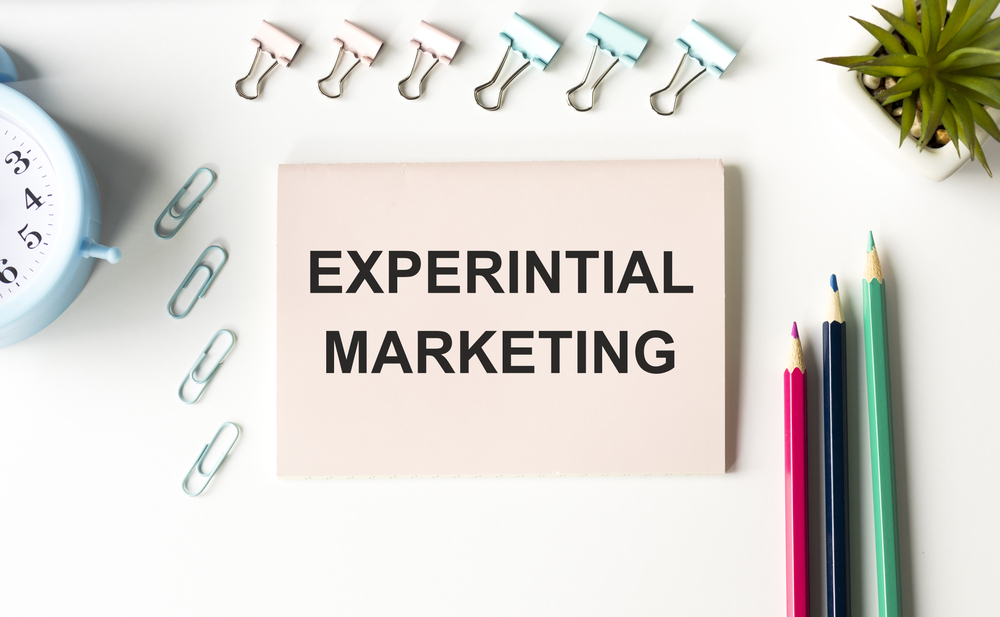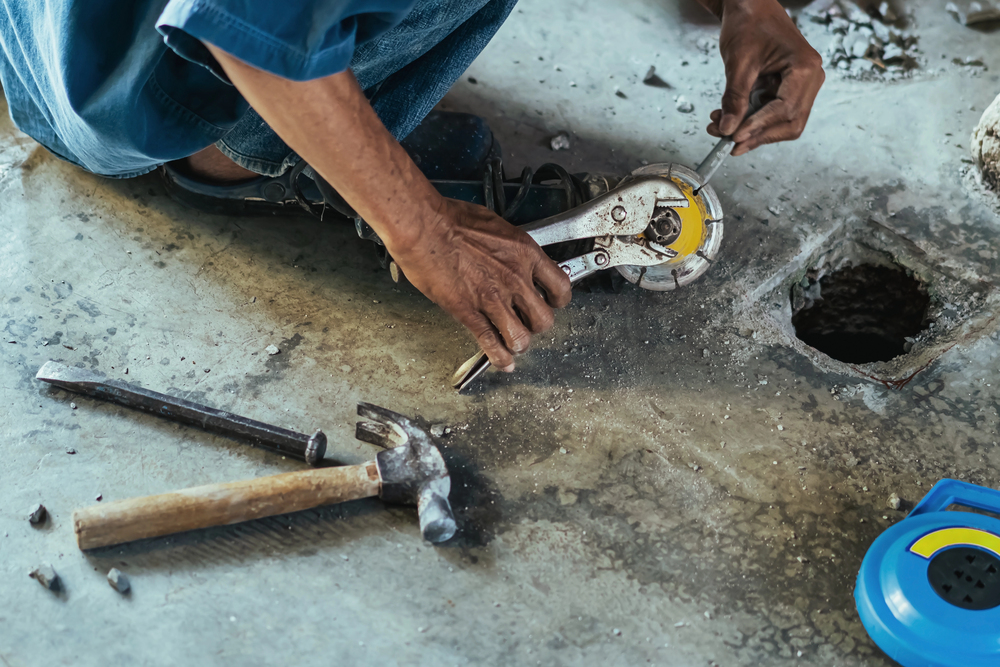
Everyone loves to talk about Cardano like it’s this academic blockchain that’s destined to save the world. But let’s be real for a second: buying ADA as a beginner trader isn’t just about hitting “buy” on an app and watching your balance moon. It’s a journey. It’s confusing. And half the time, it feels like you’re trying to learn rocket science while the market is kicking you in the teeth and you struggle to make an ADA price prediction. Cardano might be one of the most talked-about projects in crypto, but if you’re stepping into it fresh, there are some cold, hard challenges waiting for you. And if you don’t face them head-on, ADA will have a negative impact on your investment portfolio.
So let’s break it down and have a look at the obstacles that come with investing in Cardano as a beginner, and learn how to dodge the landmines before they blow up your portfolio.
The Hype vs. Reality Trap
Cardano’s PR game is strong. They’ve got Charles Hoskinson on YouTube, endless academic papers, and an army of die-hard believers who swear ADA is the future. And when you’re new, that kind of noise can be intoxicating. It makes you think investing in Cardano is a one-way ticket to generational wealth. Here’s the trap: Cardano moves slower than some other altcoins. The promises are big, but the delivery takes years. If you come in thinking ADA is gonna double overnight because you saw a slick video about Hydra or governance upgrades, you’re setting yourself up for heartbreak. Solution? Strip away the hype. Don’t buy ADA because Twitter is buzzing or because your cousin swears it’ll be the next Ethereum. Buy it only if you understand the long game because investing in Cardano is a marathon, not a sprint.
Understanding the Tech (or Pretending To)
Cardano isn’t like buying a meme coin. It’s got layers of tech: Ouroboros consensus, Plutus smart contracts, Hydra scaling, Voltaire governance. Sounds fancy, right? But if you’re a beginner, it’s like staring at an alien language. Most traders don’t actually know how this stuff works, they just nod and buy ADA because it “sounds innovative.” The problem is, when the market dips or delays hit, you panic because you never understood what you bought in the first place. You thought you were buying rocket fuel; turns out you bought a project still building the rocket. Solution? Don’t pretend. If you don’t get the tech, admit it and learn. Read simplified breakdowns. Watch explainers that actually speak human, not academic jargon. Because if you don’t understand what you’re holding, every dip feels like the end of the world.
Volatility Will Test You
Let’s talk about ADA’s price swings. They’re brutal. One week it’s pumping like it’s about to dethrone Ethereum, the next it’s bleeding out like someone pulled the plug. If you’re new, that volatility will shred your nerves. Cardano doesn’t move in neat, logical patterns. It moves like the rest of crypto, wild, irrational, emotional. And beginners who can’t handle seeing their portfolio dip 30% in a week usually sell at the worst time, then watch ADA recover without them. What should you do? Don’t trade with money you can’t afford to lose. If you can’t stomach volatility, ADA isn’t for you. And if you’re serious, set a plan. Decide before you buy whether you’re holding long-term or playing short swings. Without a plan, volatility will eat you alive.
The Staking Illusion
One of the first things new traders hear about investing in Cardano is: “Just stake it. Easy passive income.” And yeah, staking ADA is simple and safe compared to other coins. But here’s the catch: staking returns are modest. You’re not doubling your money overnight. You’re making a few percent a year, if that. The illusion is that staking will make you rich. It won’t. It’ll give you steady drip returns while you wait for ADA’s price to (hopefully) climb. But staking doesn’t protect you from market crashes. If ADA drops 50%, your 5% staking reward isn’t saving you. Instead treat staking as a bonus, not a money printer. If you’re in Cardano, you’re in for price appreciation over time. Staking is just the cherry on top.
The Liquidity Maze
Here’s a reality check: Cardano’s ecosystem still lags behind Ethereum and Solana. Yes, there are DeFi projects, yes, there are NFTs, but compared to the big dogs, ADA’s playground feels small. As a beginner, it’s easy to wander into shady projects or low-liquidity pools because you don’t know better. That’s where rookies get wrecked, chasing “the next big dApp” and ending up rug-pulled. Stick to what’s established. If you’re a beginner, don’t go diving into random Cardano DeFi projects promising insane returns. Stay with trusted wallets, trusted exchanges, and known staking pools until you learn the lay of the land.
Timing the Market (Good Luck With That)
Every beginner thinks they’ll outsmart the market. Buy ADA at the bottom, sell at the top. Easy, right? Except Cardano, like all crypto, doesn’t play fair. The bottom always feels like it’s still falling, and the top only looks obvious after the crash. The challenge is beginners obsess over timing instead of strategy. They buy too late, panic sell too early, and repeat until they’ve lost more than they’ve made. What can you do? Stop playing fortune teller. If you’re investing in ADA, use dollar-cost averaging. Put in small amounts regularly. Forget about catching the perfect dip. Consistency beats chasing the market.
The Community Echo Chamber
Cardano has one of the loudest, most loyal communities in crypto. That’s a blessing and a curse. On the one hand, you’ve got endless support, updates, and resources. On the other, it can become an echo chamber where every criticism is dismissed and every delay is excused. If you’re new, it’s easy to get sucked into the hype machine and lose sight of reality. Suddenly, every dip is a “buying opportunity” and every delay is “strategic.” That kind of blind loyalty can make you hold ADA no matter what, even when logic says to diversify.
Respect the community, but don’t let it cloud your judgment. Listen to critics as much as fans. Balance the noise, and make your own calls.
The Bottom Line
Investing in Cardano as a beginner isn’t just about learning how to buy a coin. It’s about surviving the mental game that comes with holding ADA. You’ll face hype that doesn’t match reality, tech that feels overwhelming, volatility that’ll shake your confidence, and a community that can drown you in noise.mBut if you’re patient, if you take time to understand the tech, and if you accept that ADA is a long-haul project and not a quick flip, Cardano can be a powerful addition to your portfolio.
Find a Home-Based Business to Start-Up >>> Hundreds of Business Listings.













































